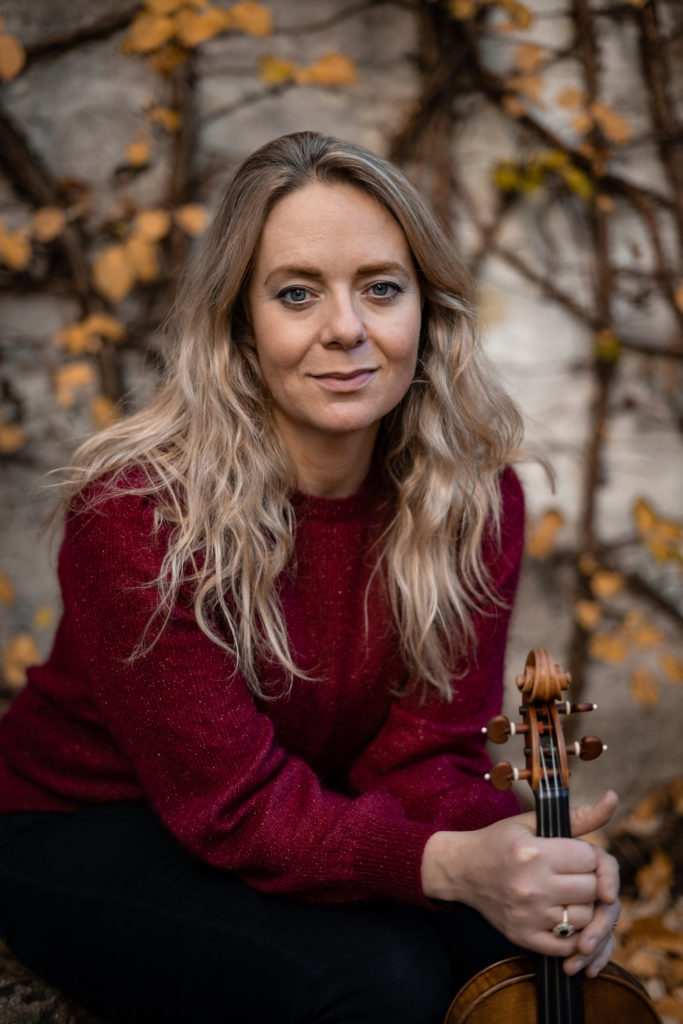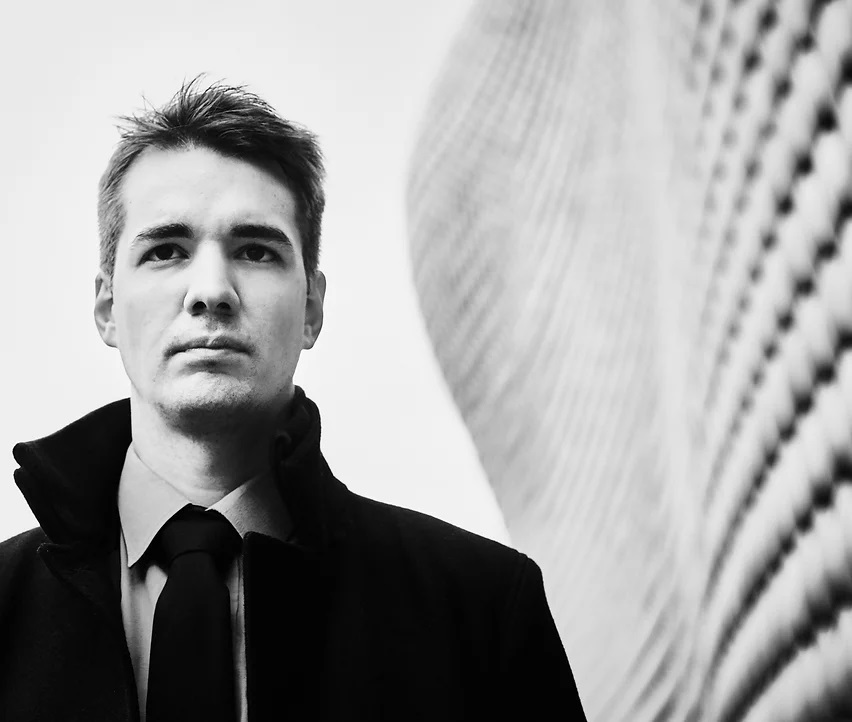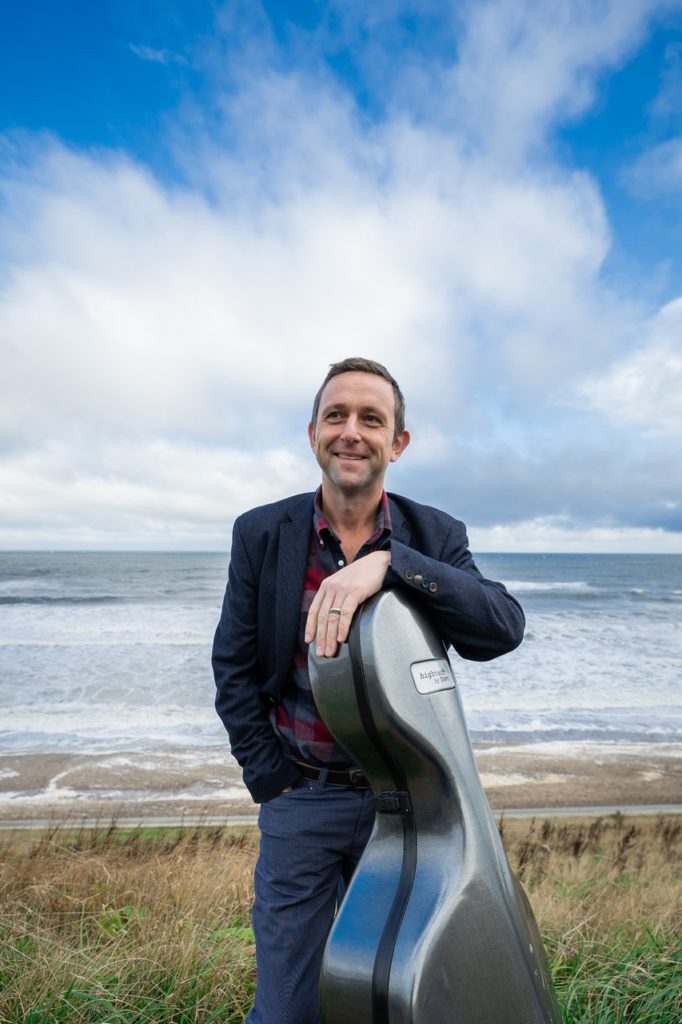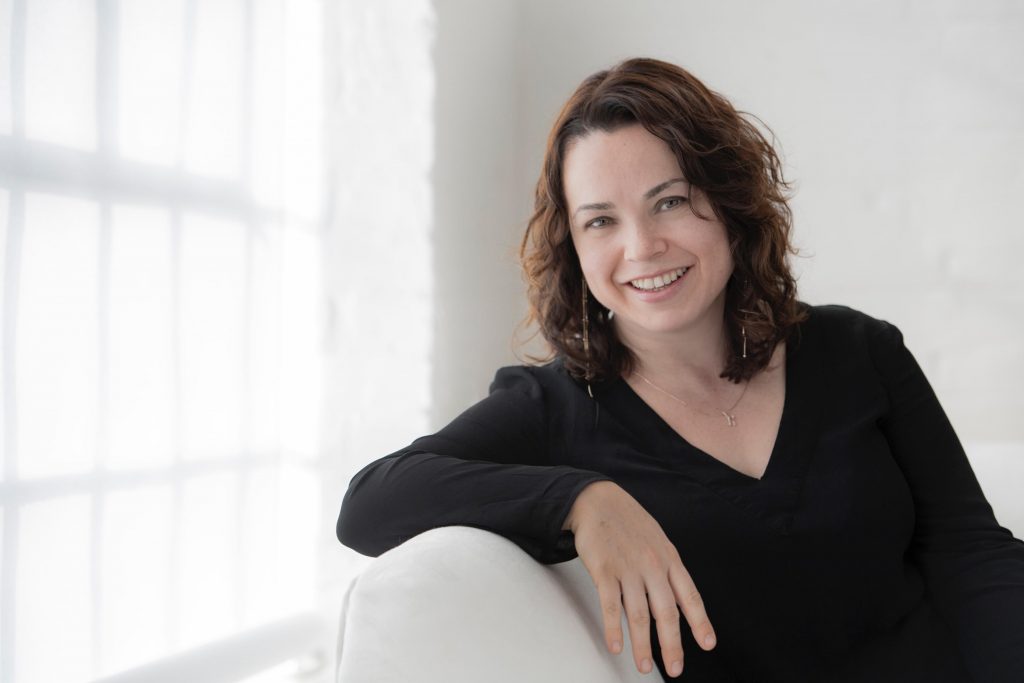
MENTION the names Charlotte, Daniel, Jamie and Katya to any regular punter at the North York Moors Chamber Music Festival and they will instantly know who you mean.
For the uninitiated, this is a reference to violinist Charlotte Scott, pianist Daniel Lebhardt, cellist Jamie Walton and pianist Katya Apekisheva. All are core members of the resident team during the summer festival – so I shall use their first names here.
It was a special pleasure to welcome them back to our area as winter closes in, incidentally reminding us of treasures in store next summer (specifically, August11 to 24 2014). Here we enjoyed sonatas by Strauss and Rachmaninov, alongside bonbons by the latter and by Schubert.

Schubert’s Adagio in E flat, D.897 (known by its publisher’s title, Notturno) is a touching piano trio. It begins pianissimo and is – rarely for Schubert – marked appassionato. With the benefit of hindsight, we can feel the nostalgia of a piece written during his 32nd and final year.
Here it was beautifully controlled, with Katya’s rippling piano a constant underlay and the dotted figure in its opening phrase still prominent in its brief chorale.
Rachmaninov stood at the heart of the evening. His Cello Sonata in G minor, a work of his late twenties and the last chamber music he was to write, brought a much-deserved spotlight on Jamie, with Katya still in support (although the actual spotlights flickered distractingly).

Its first three movements showed varying degrees of agitation here. The opening grew in intensity, right up to its fiery conclusion. Scherzo and trio were neatly contrasted, the one nervy and staccato, the other smoothly melodious.
The slow movement teetered on the brink of sentimentality – but never crossed that line. The finale was quite different. Now in the major key, it reached unexpectedly sunny uplands, delivered with immense conviction right through to its furiously happy coda.
Rachmaninov’s Trio élégiaque in D minor (1893) dates from his late teens but took another two decades to reach its final form. It sounds much like Brahms. Its themes emerged clearly from Daniel’s piano, although Charlotte’s violin needed to resort to some muscularity to match his enthusiasm. Jamie’s cello remained firm and the ending was properly solemn.

Richard Strauss’s Violin Sonata is another early work, dating from his early twenties, with all the exuberance that implies. Daniel’s passionate piano moved a little too readily directly from piano to forte, with little between. Charlotte not merely withstood the challenge but soared sumptuously in both the outer movements.
The Andante between, marked ‘Improvisation’, was a different matter: an absolute gem. Its song-like melody elicited exceptionally sweet tone from Charlotte, with Daniel nobly self-effacing, and reached a rare ‘pin-drop’ moment at its close, the audience completely transfixed. It crystallised an evening of exceptional warmth – just what the doctor ordered, in fact.
Review by Martin Dreyer
* Next summer’s programme details are available at www.northyorkmoorsfestival.com.

